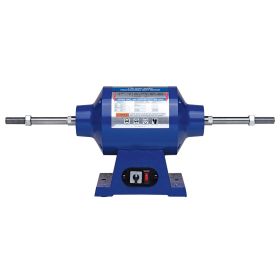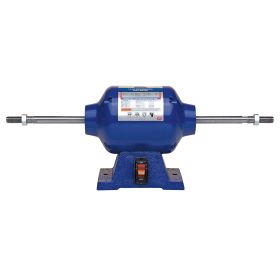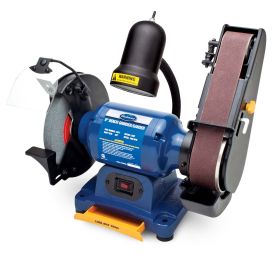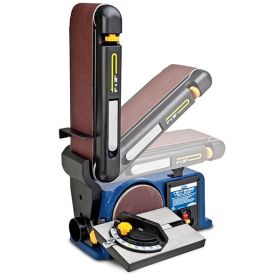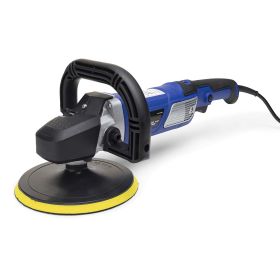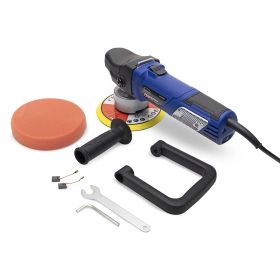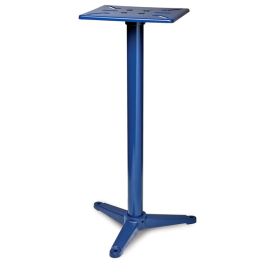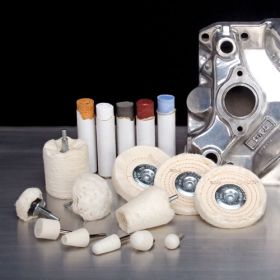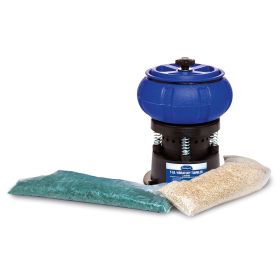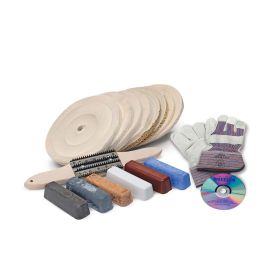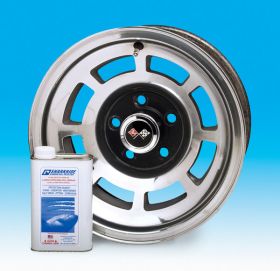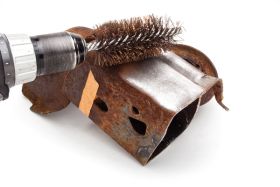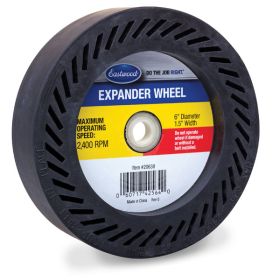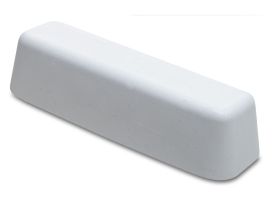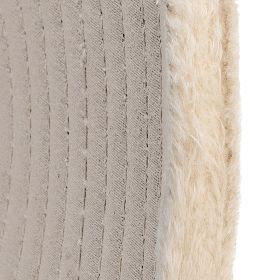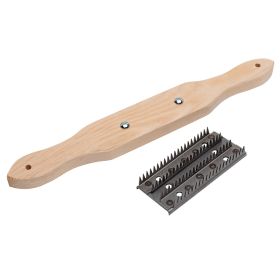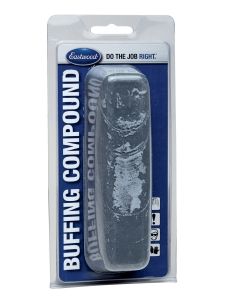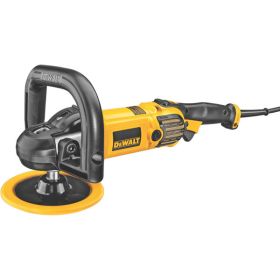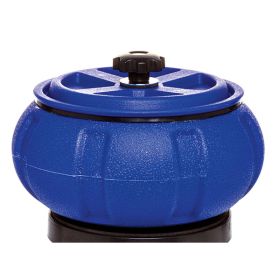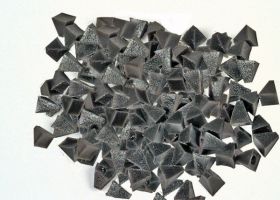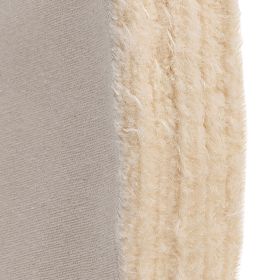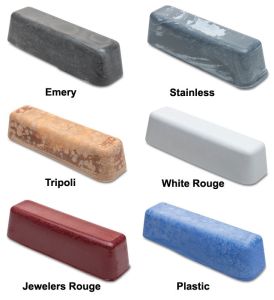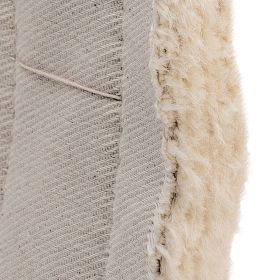
Car Buffing and Polishing
Buffing & Polishing Supplies
Nothing best represents the work of auto restoration experts than the shine of a finished project. Seeing something go from a rusty shell to a showroom floor-worthy model is part of the thrill for DIYers. The final step of polishing and buffing is just as important as welding, painting or any other part of the project.
At Eastwood, we offer more than 4,000 top-quality tools, supplies and other products to help DIYers do the job right. That includes some of the best automotive polishing machinery, compounds and accessories on the market. When you're ready for your project to shine as it should, our outstanding metal polishing equipment and buffing supplies that will give you a professional level of quality. Whether you have a touch-up job before a show or are putting a gloss on your entire project, we can help.
DIY Metal Polishing and Buffing
You want your car to shine no matter how old it is. But years of driving and environmental factors can leave it with a scratchy, dull finish. Eastwood buffing and polishing supplies will help you bring back the luster of an old paint job, put the finishing touches on a new coat or prepare metal parts after welding and sanding. With the right tools and a few hours of time, you can make almost any junker look like a new car ready for the showroom.
Buffing vs. Polishing
If you’re new to restoration and do-it-yourself repairs, you might be wondering what the difference is between buffing and polishing. Both are finishing processes that change the surface appearance of metal, typically by removing the top layer of superficial material that’s been rusted or tarnished. They are typically done with a machine that has a rotating wheel or belt with a fine abrasive.
The main distinction is that buffing uses a loose abrasive or cloth on the wheel, whereas with polishing, the abrasive is secured to the wheel with glue, tape or other adhesives. The latter means that polishing can be more aggressive and remove more material than buffing, meaning a brighter finish when done right. While most people buff and then polish, some restores do an aggressive polish first if the metal is in particularly rough shape.
Quality Buffing Equipment
Car buffing machines and accessories from Eastwood will get your body panels smoothed out in a hurry. At its basics, buffing involves running a wool pad over a car at a high spin rate. (You can also use cloth or foam pads.) This removes a thin layer of the finish — and with it, the oxidation and light scratches that can occur over time.
You can use a cut buffing or color buffing motion to give metal the right finish. Cut buffing moves the workpiece against the rotation for a surface that’s uniform and smooth. Color buffing goes with the rotation, improving the brightness and shine factor. Learn more about buffing techniques in our Eastwood Garage buffing guide.
Our buffing tools are made for turning your car into something so bright, people are blinded by the shine. You can order basics such as buffing motors, buffing wheels, cones and buffing compounds for cleaning up dull fenders or chrome trim. Other products such as expander grinding wheels and abrasive cylinders will do rougher jobs. A buffing and polishing kit will have all the important tools and accessories for a striking result.
Surface Polishing
Once you've got that body ultra-smooth, it's time for a good polish. Eastwood paint and metal polishing kits will maintain that gorgeous result for longer than buffing alone. We've made or found all the best show wax, tire dressing, trim coating, headlight restoration compounds and car wash for detailing your latest masterpiece. Our paint polisher tools and replacement pads make the process go much faster than regular hand application.
Better Auto Body Finishing
After all the work you've put into restoring a vintage car, you deserve the chance to show it off. Buffing machines, polishing equipment, tools and accessories from Eastwood will bring out the brilliance of any ride so you make a great first impression at shows. Use them to regularly detail your street car as well so you can retain that new-vehicle look after years on the road.
Eastwood has everything you need for buffing and polishing. Whether you want to buff a piece of aluminum to a mirror-like finish or color-sand and buff paint, Eastwood has the products to do the job right. We also provide lifetime tech support by phone, via email, at our in-store locations or online in the Eastwood Garage.
Contact us today and tell us about your project. Are you prepping for a show, or are you getting ready to undergo a major buffing job? We'll point you toward the best product for your needs and get you going in the right direction for learning the techniques that lead to excellent finishes. All of our projects come with our 100 percent customer satisfaction guarantee. With Eastwood and a little bit of elbow grease, you'll have that project out of your garage in no time so you can turn heads and drop jaws at the next show.





